
Will consumers consume differently in an electrified world?
The shift to EVs and the broader electrification of various industries will have an impact on consumer behaviour and consumption patterns.
Summary: The transition to a more electrified world will likely result in changes in behaviour by consumers. The extent and pace of any changes is likely to vary across regions, depending on factors like infrastructure development, government policies, and consumer preferences. We look at three broad areas as a starting point: transportation, the home and how we pay for things.
Why this is important: Understanding how consumer behaviour and consumption patterns may change will allow for appropriate planning of infrastructure and investment. It is not simply about 'dropping in a new engine'.
The big theme: Decarbonising our energy system is going to be one of our most material sustainability challenges. Along with new technologies such as electric vehicles, and renewable electricity generation, we are going to need to scale up new supply chains. How we consume energy is also likely to change.

The details
Same as it ever was?
In transitioning to a more sustainable world, there is sometimes the temptation to look at an individual component of a system and replace it with something 'more sustainable' and carry on. Look at cars and other ground vehicles. The focus has been on replacing the high-carbon emitting internal combustion engine (ICE) with the low-carbon / no carbon emitting electric motor to produce an electric vehicle (EV). However, that brings some challenges. In 2021 the IEA estimated that the production of an EV uses approximately six times more minerals than a conventional car. So if we replaced all of the ICE vehicles with EVs, whilst we may reduce emissions from the engine in operation, the resource requirements (including energy requirements for mining the additional minerals) would impact other areas of sustainability. So can things stay the same?
The shift to EVs and the broader electrification of various industries will have an impact on consumer behaviour and consumption patterns. The extent and pace of any changes is likely to vary across regions, depending on factors like infrastructure development, government policies, and consumer preferences. Let's look at three broad areas as a starting point:
- Transportation
- In the home
- How we pay for things ('X-as-a-service')
Transportation
A shift to more EVs will lead to changes in the way consumers fuel their vehicles and maintain them. Instead of visiting petrol/gas stations, consumers will rely on home or public charging stations, which could potentially change their travel and 're-energising' habits. For longer distance travel, service stations may change the products that they offer moving from purely food and beverage (and toilets/restrooms) to broader entertainment offerings as charging takes longer than liquid refuelling.
The whole concept of travelling to a distinct location to re-energise, may change too. Consumers may install home charging stations to conveniently recharge their cars overnight. They could also charge at places they would visit anyway such as workplaces - both formal and informal, such as coffee shops - and shops and where they park their cars.
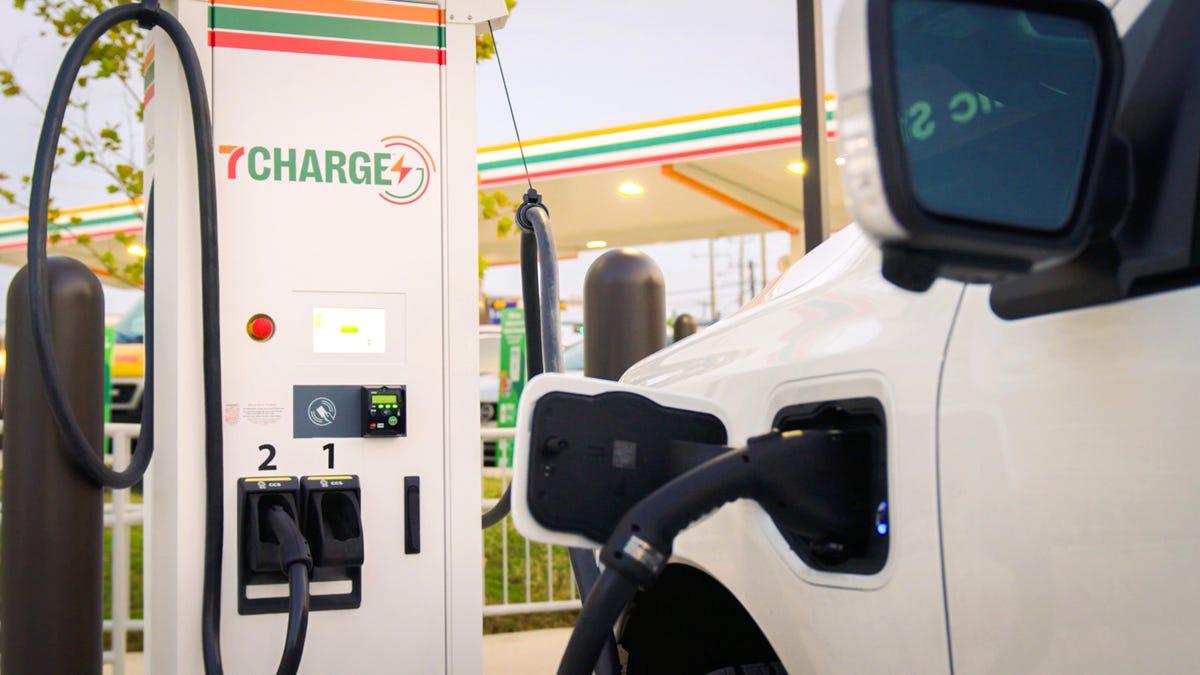
What we use for personal travel could also change. Electrification allows for smaller form factor two-wheelers and three-wheelers. Consumers may opt for electric bicycles (e-bikes) as an alternative to traditional bicycles or cars, particularly for short trips.

Two and three wheelers are the fastest growing transport mode in many low and middle-income countries.
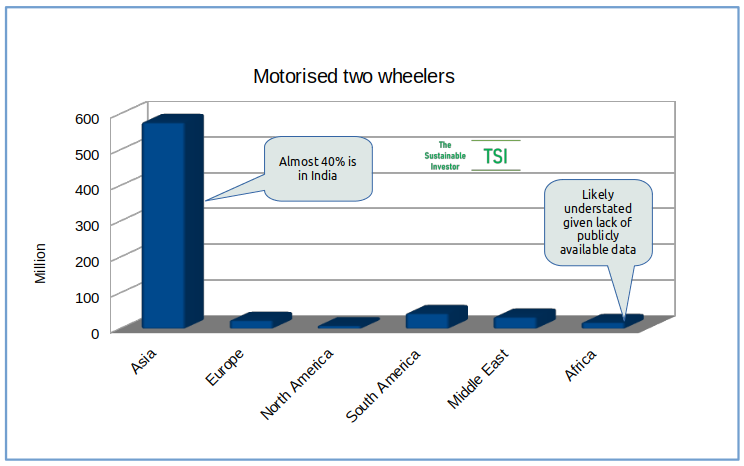
Many of these ICE two and three wheelers are old and inefficient, producing lots of pollutants. Two-stroke scooters, for example, produce more particulate matter than an average passenger car. Moving two wheelers and three wheelers to EV makes sense as a priority in these regions therefore.
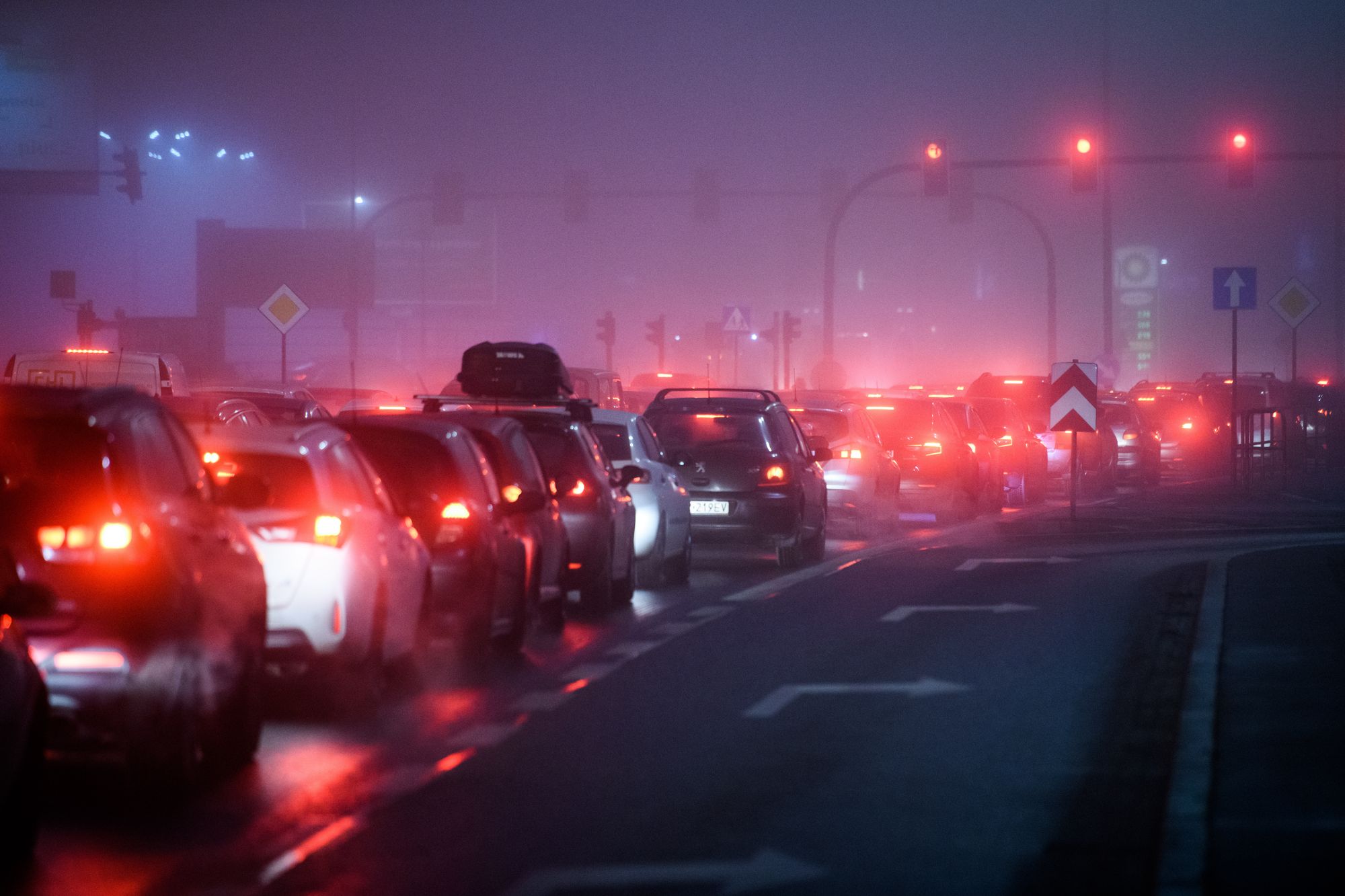
Beyond personal transportation, the electrification of public transportation, such as buses and trains, can influence consumer choices. Consumers may prefer electric public transportation options due to their lower environmental impact and potential benefits, such as reduced noise pollution and improved air quality. Of course how those vehicles are charged will be key:
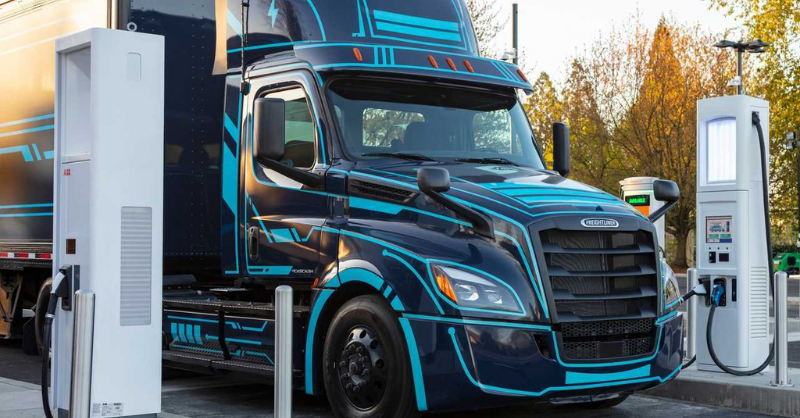
Much of the focus on decarbonisation efforts in transportation has been on reducing fossil fuel reliance of the motor. However, reducing the requirement for motorised transportation in the first place would reduce emissions too and clearly one way to do that would be to reduce the distances required to travel. Traditional large scale urbanisation has been car-centric in its design. We live here, we work there, we get from here to there and back again using a car. Smart city design aims to improve the efficiency of how we live including reducing how much time is spent on non-productive activities. The '20-minute city' concept (sometimes 15-minute) aims to do exactly that. Planning and implementation is key and should be holistic to be successful. Here is an example in the Middle East:
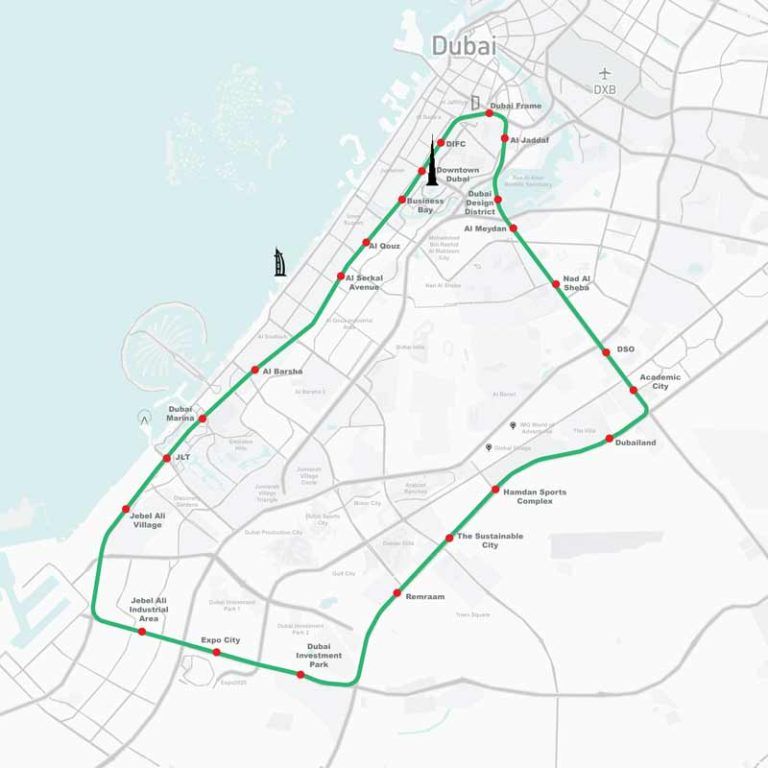
Electrification may also impact the travel and tourism industry. Consumers may be more inclined to choose eco-friendly travel options, such as train travel which could change demand patterns for certain locations. Once there, they may choose EV rentals or electric-powered boats and ferries, for their trips. They may prioritise destinations and accommodation that demonstrates sustainability efforts, such as using renewable energy sources or implementing energy-efficient practices.
In the home
The consumer does broadly three things in their home that require energy: regulate temperature (space and water), manage food (i.e. cook/refrigerate) and run devices (TVs, washing machines, computers etc).
For temperature regulation countries with predominately one weather or another would opt for systems based on either heating or cooling. Traditional systems, often powered by fossil fuels moved heat or cold rather than moved temperature. Confused about the difference? In a historically cold climate such as the UK, we have traditionally used gas boilers to heat up water in radiators that pump out heat into a room. It is one direction. However as the climate changes, we may get more variable weather - as is the case in many countries - where temperature swings can be big. This is where heat pumps come in. They are highly efficient and can both heat and cool a space. Heat pumps use electricity to transfer heat between the indoors and outdoors, providing a more sustainable alternative to fossil fuel-based heating systems like furnaces or boilers.
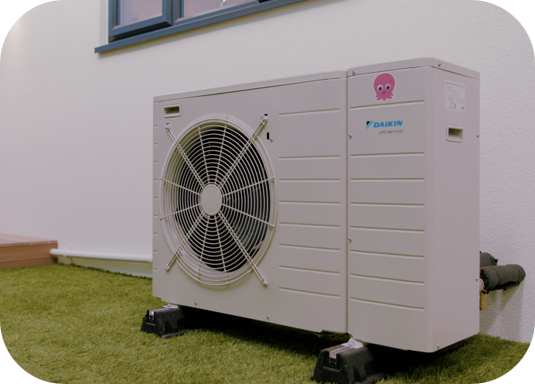
The integration of smart home technologies can enable consumers to monitor and optimise their energy consumption. Smart thermostats, for example, allow users to remotely control and program temperature settings, optimising energy usage. Consumers may also adopt smart plugs and energy monitoring systems to track and manage the power consumption of individual devices. For example, UK start-up Measureable.energy has combined smart sockets ('m.e. Power Sockets'), machine learning and a cloud-based platform to try and help businesses and individuals reduce 'small power' usage (from plugged in appliances) - and arguably wastage! Small power often exceeds 40 percent of total electricity usage in commercial office buildings. The m.e Power Sockets glow green, amber or red according to the ratio of renewable to fossil-based energy being used.
As the energy grid becomes increasingly powered by renewable sources, consumers may have the option to choose green energy providers or install residential solar panels (or even wind turbines). With onsite generation, consumers may invest in energy storage solutions, such as home battery systems, allowing them to store excess energy generated by renewable sources and use it during peak demand periods or when the grid is not supplying electricity.
How we pay for things (X-as-a-service)
The transition to electrification may spur the growth of subscription-based services for various products. Consumers may opt for subscription services for EV charging, where they pay a monthly fee for access to a network of charging stations. Similarly, subscription models for other electric products, such as home energy systems or smart home appliances, may emerge, allowing consumers to access the latest technologies without the need for upfront purchases. For example, I live in a home which is serviced by a district heat network. I do not have a boiler or hot water tank in my home. I pay for my heat as a service.

For assets more broadly, rather than outright ownership, consumers may choose more on-demand options. Take vehicles. Whilst on-demand options are not reliant on EVs - they can operate with ICE vehicles - the digital and electric ecosystem has been easier to integrate with them. Electric vehicle rentals and car sharing such as Zipcar or Hiyacar in the UK or ride-sharing apps such as Uber, Lyft, Didi Chuxing (China) and Bla Bla Car (India) have been growing in popularity. With rises in the costs of living, the drive (no pun intended) to own an asset that is not used for the bulk of the day is lower than it was previously.
Some issues to consider
Costs: When times are hard, cost is an issue. If the cost to move to electrification is too high for the consumer, it just will not happen. The biggest factor right now is the difference in price between fossil fuels such as natural gas and electricity.
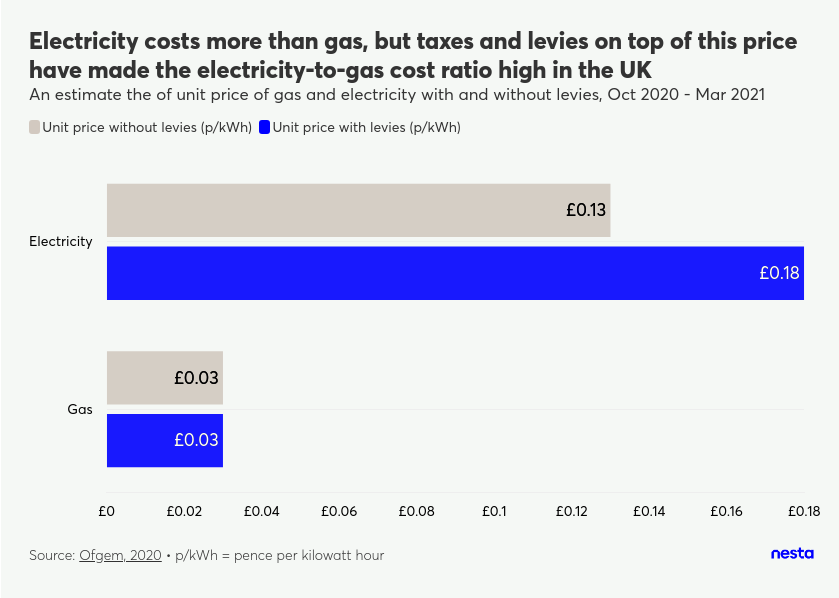
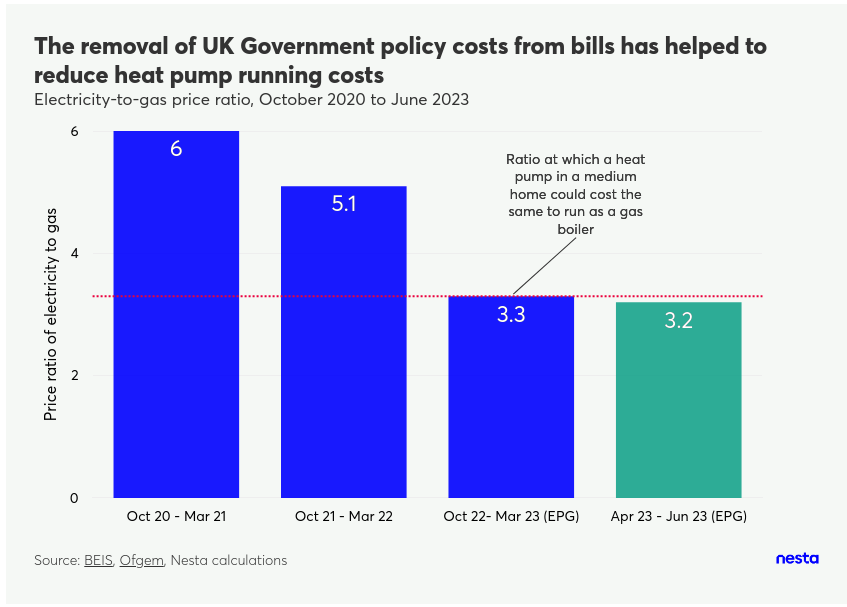
Practicalities of installing new equipment bring in considerations beyond the consumer. For heat pumps you can dive into those issues further here:

Crowdfunding: We discussed earlier how the way in which consumers access their energy and pay for things could change too. In some cases there could be an increased degree of localisation. Consumer involvement could also act to overcome resistance to the transition. For example, IBC Solar partnered with EUECO to develop a digital platform to encourage citizen participation/investment in German solar parks and the generation of green energy. Ripple Energy is an example of a similar programme in the UK but with direct fractional ownership of a wind farm supplying energy into the grid and ultimately to the consumer’s home. Minimum investment is £25 up to a maximum of what would generate 120 percent of the individual consumer’s annual electricity consumption.
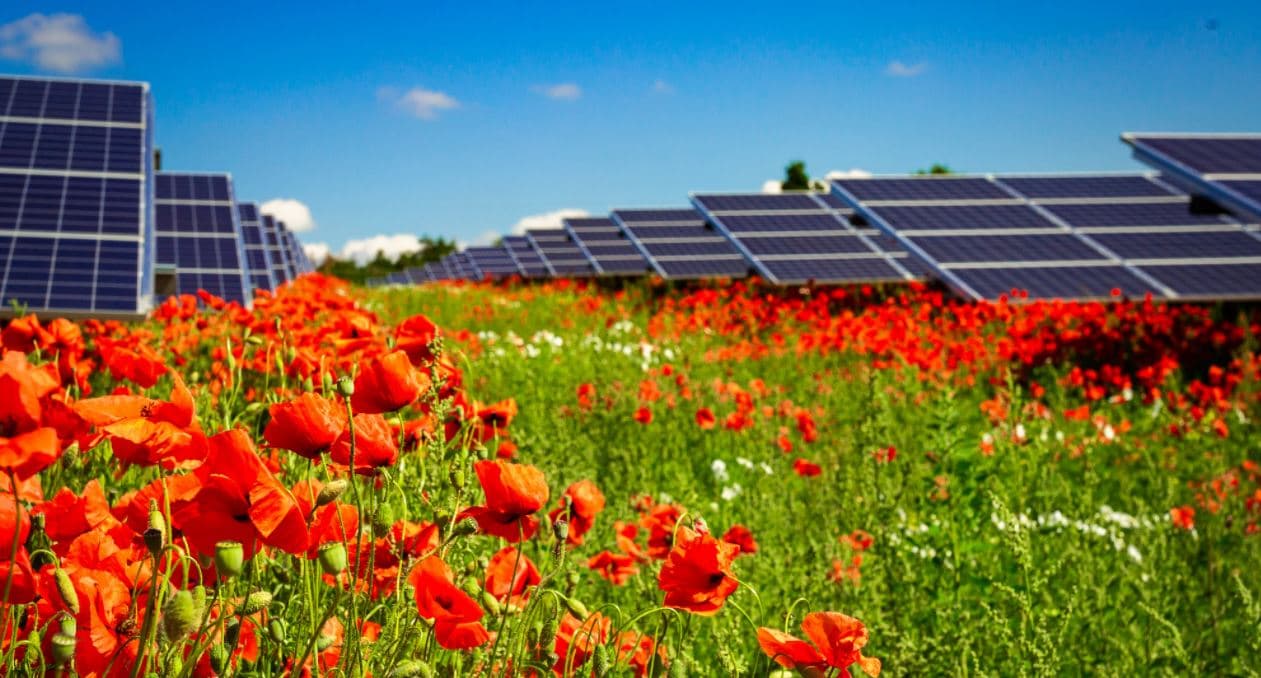
Knock-on effects: Changes in consumption patterns in an increasingly electrified world can help some types of commercial activity. Researchers from Emory University, for example, found that the introduction of e-scooters in a city significantly impacts restaurant spending, increasing spending by approximately 4.4%, driving incremental spending of at least $10.2 million annually across all cities that first allowed e-scooters to operate over summer 2018.

The transitions are exactly that. They will involve changes to the way in which we do things, how we finance things and how we consume. We shall explore these areas in more detail in future blogs.
Something a little more bespoke?
Get in touch if there is a particular topic you would like us to write on. Just for you.
Contact us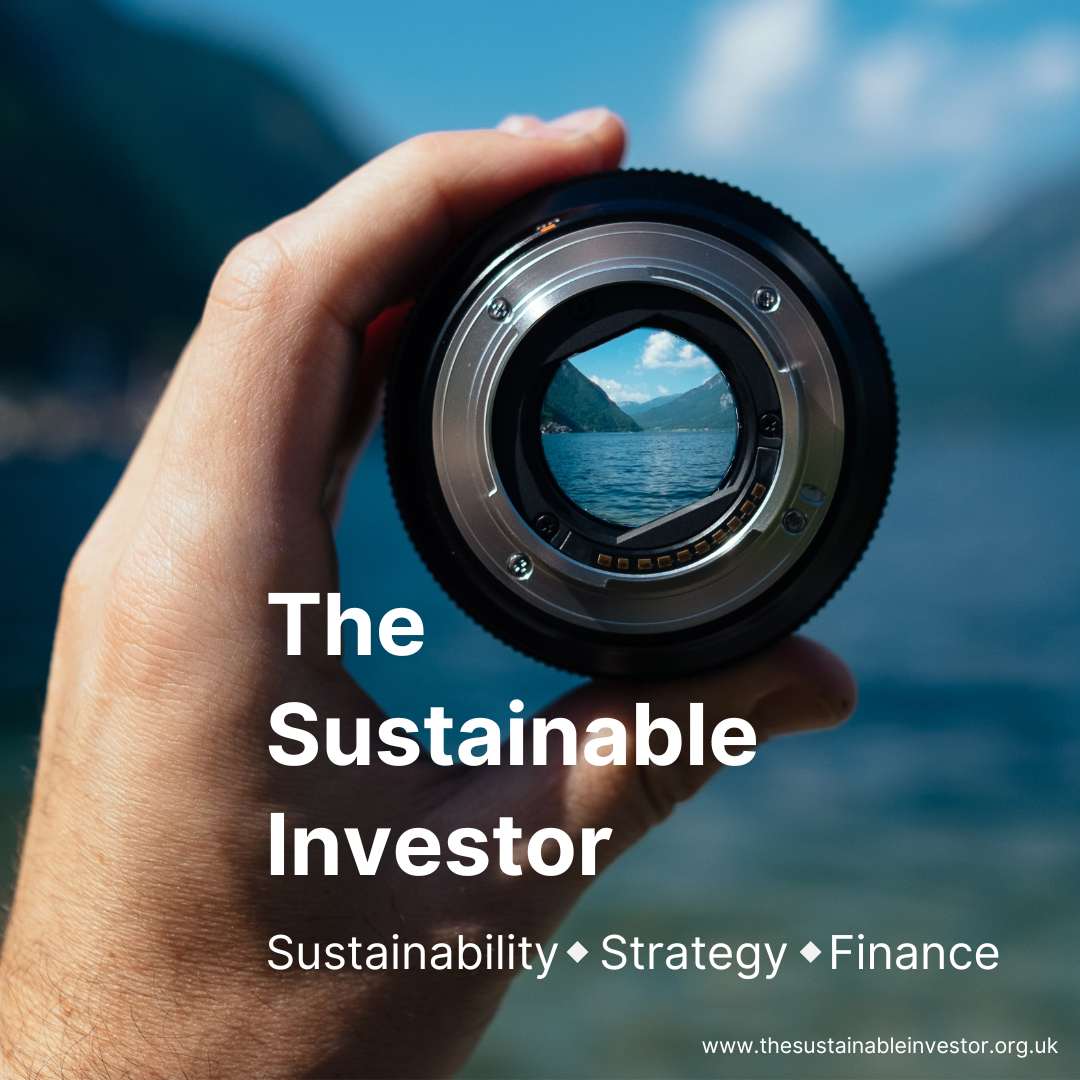
Please read: important legal stuff.



